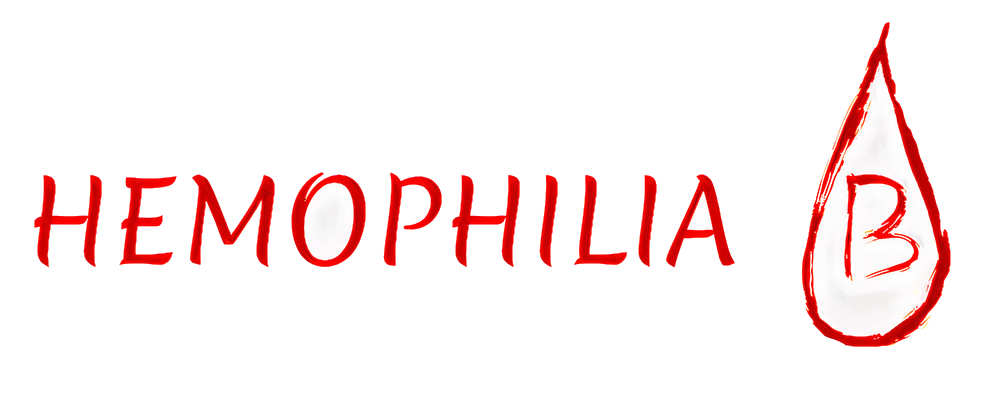Hemophilia B

Hemophilia B, also titled factor IX deficiency or Christmas disease, is the second most popular type of hemophilia. The disorder was first announced in the medical history in 1952 in a patient with the name of Stephen Christmas. The most influential family with hemophilia B was that of Queen Victoria of England.
Acquired hemophilia B occurs when the body produces antibodies against its factor IX protein. The factor IX antibodies suppress circulating factor IX in the blood, resulting in bleeding symptoms. Acquired hemophilia B is a rare condition.
Hemophilia a and hemophilia b
| Hemophilia A | Hemophilia B |
| low levels of factor VIII (8) | low levels of factor IX (9) |
| treated with factor VIII replacement | Treated with factor IX replacement |
| Prophylaxis:
hemophilia A needs preventative injections three times per week or every other day. |
Prophylaxis:
Severe hemophilia B needs preventive injections twice a week. |
Hemophilia A and B are congenital bleeding disorders caused by a low level or lack in one of the factors usually found in the blood that make a stable blood clot.
A sick blood clot puts individuals at risk of bleeding inside the joints or muscles. Bleeding can happen when moving ordinarily or exercising or straining, or due to an injury, and a clot will take longer to develop and stop the bleeding. The individuals may re-bleed when the sick blood clot breaks down quickly.
People with zero levels of the factor have severe hemophilia, and these people are at higher risk of bleeding. People with higher levels up to the normal ranges have moderate or mild hemophilia, and the danger of bleeding is less for them.
